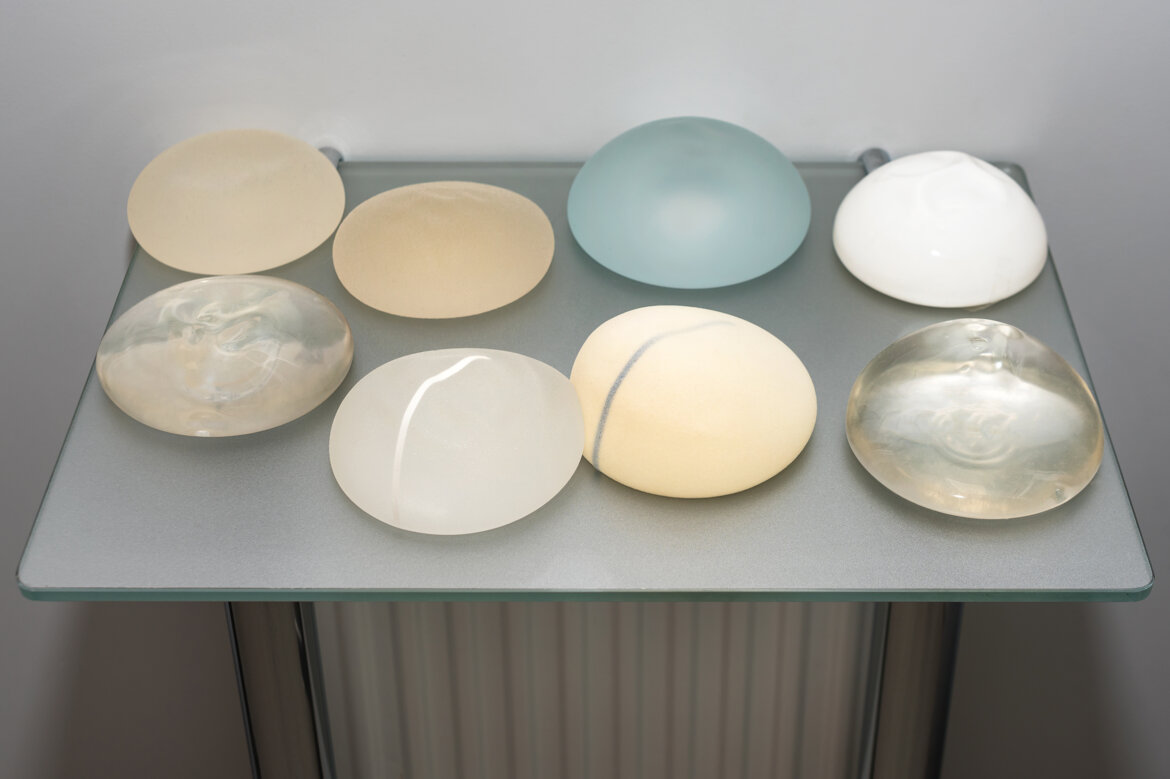EN BLOC REMOVAL

En Bloc Removal of Breast Implants: A Comprehensive Approach for Breast Implant Illness (BII)
En bloc removal is a surgical technique aimed at the complete removal of breast implants and the periprosthetic capsule in a single block, without separating the implant from the surrounding tissue. This procedure is often chosen by patients with Breast Implant Illness (BII) to minimize the risk of prosthetic residues and improve systemic symptoms related to the condition.
What Is Breast Implant Illness (BII)?
Breast Implant Illness (BII) is a term used to describe a series of symptoms that some women develop following the insertion of breast implants. The most common symptoms include chronic fatigue, joint pain, brain fog, immune system problems, and hormonal imbalances. The correlation between implants and symptoms is not yet fully understood, but many patients have experienced improvements after en bloc removal of the implants.
En Bloc Removal: What Does It Involve?
En bloc removal is a technique that involves removing the breast implant together with the fibrous capsule that naturally forms around the implant. The goal is to eliminate any potential contaminant or silicone residue, minimizing the risk of the body being exposed to foreign materials.
Advantages of En Bloc Removal in BII
Opting for en bloc resection offers several advantages for patients suffering from Breast Implant Illness:
When Is En Bloc Removal Indicated?
En bloc removal is indicated in cases of suspected or confirmed Breast Implant Illness and in situations of severe capsular contracture, implant rupture, or the presence of chronic infections. The technique requires a careful evaluation by an experienced plastic surgeon to ensure the procedure is safe and that the patient receives the maximum benefit.
The En Bloc Removal Procedure
The en bloc removal procedure includes the following steps:
Why Choose En Bloc Removal?
Many patients choose en bloc removal to achieve a more complete and safer removal of the implants, especially in cases of suspected BII. This procedure requires surgical experience and an in-depth knowledge of complications related to breast implants.
Conclusion
En bloc removal represents an effective option for women suffering from Breast Implant Illness or who desire a complete and safe removal of breast implants. Consulting an experienced plastic surgeon is essential to determine if this procedure is indicated and to ensure optimal results and safe healing.
Complete Removal of the Implant: By removing both the implant and the capsule, the risk that fragments of silicone or inflammatory substances remain in the body is reduced. Decrease in Symptoms: Many patients report an improvement in symptoms after en bloc removal, especially if BII was associated with autoimmune or inflammatory reactions. Reduced Risk of Complications: Complete removal of the implant and capsule reduces the chances of complications such as chronic inflammation or residual infections.
Surgical Incision: An incision is made around the old scar or in a strategic area for better access. Removal of the Implant with the Capsule: The implant and capsule are removed as a single unit, avoiding perforating or separating the capsule. Visual Control and Tissue Inspection: The surgeon carefully examines the area to ensure that no silicone residues or inflamed tissues remain. Reconstruction or Closure: Depending on the patient's preferences, autologous reconstruction can be performed with techniques such as the U-flap or another reconstructive option.